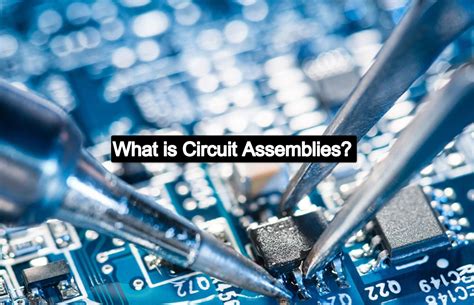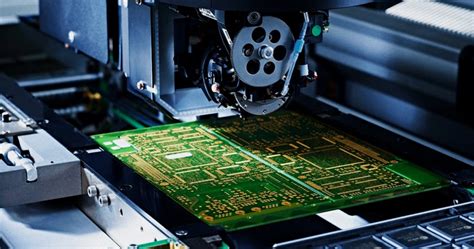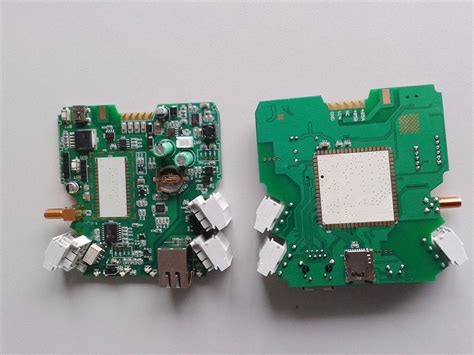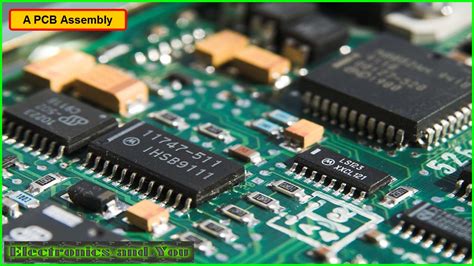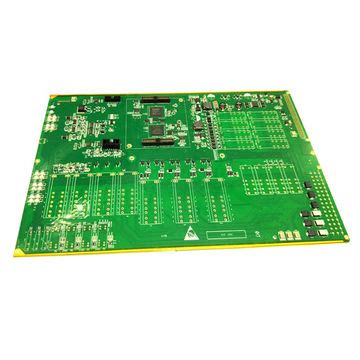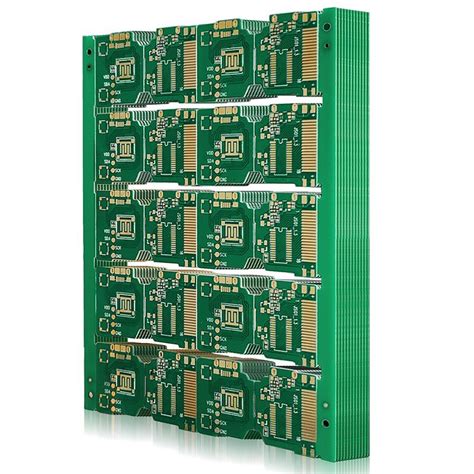Advancements in Efficient Circuits Assembly for Next Gen Electronics

Key Takeaways
The evolution of pcb assembly techniques plays a critical role in the advancement of next-generation electronics. Innovations such as improved surface mount technology and automated pick-and-place machines have significantly transformed the pcba process. These advancements not only streamline production but also contribute to a higher degree of accuracy, ensuring that each component is placed precisely within the circuit board layout. Furthermore, the integration of machine learning algorithms into assembly processes has enabled manufacturers to anticipate and identify potential issues early, enhancing overall efficiency.
As technology continues to progress, utilizing advanced circuits assembly techniques will be paramount in meeting the growing demand for reliable and efficient electronic devices. It is essential for companies to stay updated on these developments to remain competitive in an ever-evolving market.
"Embracing innovation in assembly processes is key to unlocking new possibilities in product design and functionality."
By focusing on these strategies, stakeholders can ensure that advancements in pcb assembly contribute positively to both production efficiency and product reliability, driving industry growth forward.
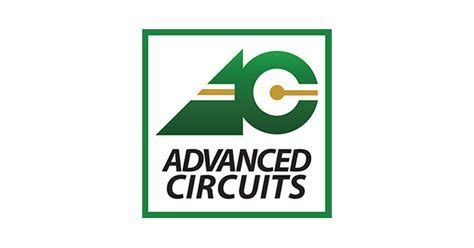
Introduction to Advanced Circuits Assembly
In today’s rapidly evolving technological landscape, the importance of advanced circuits assembly cannot be overstated. As we move towards next-generation electronics, effective pcb assembly techniques are essential for achieving the desired performance and functionality in compact devices. Manufacturers are increasingly focusing on pcba methodologies that not only streamline the assembly process but also ensure that the components meet stringent reliability and efficiency standards.
The rise of miniaturization in electronics has led to a greater demand for sophisticated advanced circuits assembly procedures that can cater to complex designs. By utilizing innovative materials, optimized layouts, and precise assembly techniques, companies can significantly enhance the operational capabilities of their electronic products. As presented in the table below, a comparative analysis of traditional versus advanced assembly methods reveals substantial improvements in various metrics of performance:
| Metric | Traditional Assembly | Advanced Assembly |
|---|---|---|
| Production Speed | Moderate | High |
| Error Rate | Higher | Low |
| Complexity Handling | Limited | Extensive |
| Cost Efficiency | Lower | Higher Initially |
| Reliability | Moderate | High |
The convergence of new technologies such as automated soldering, advanced inspection tools, and integrated testing processes plays a critical role in enhancing overall efficiency. Emphasizing these innovations not only optimizes production timelines but also contributes significantly to product durability. As we explore these advancements further, it becomes evident that efficient pcb assembly is a cornerstone for future electronic advancements.
Key Innovations Transforming Circuit Assembly
The evolution of pcb assembly techniques has significantly reshaped the landscape of electronics manufacturing, setting new standards for efficiency and precision. Recent advancements in pcba technology incorporate a multitude of innovative methods aimed at optimizing the assembly process. For instance, the introduction of automated pick-and-place machines has streamlined the placement of components on printed circuit boards, drastically reducing human error and speeding up production times. Additionally, surface mount technology (SMT) has gained traction in the industry; it allows for components to be mounted directly onto the surface of a circuit board, enhancing space efficiency and allowing for a more compact design. This shift to SMT not only minimizes the physical footprint of devices but also improves thermal performance due to better heat dissipation. Furthermore, advancements in adhesive technologies have led to stronger bonds between components, ensuring longevity and reliability in devices that are becoming increasingly sophisticated. The integration of smart manufacturing principles has also begun to play a crucial role in this transformation; by utilizing real-time data analytics and machine learning algorithms, manufacturers can optimize their circuit assembly workflows dynamically, making adjustments on the fly to improve yield rates and reduce waste. As these innovations continue to unfold, they promise to deliver more robust and efficient next-generation electronics capable of meeting ever-growing consumer demands.
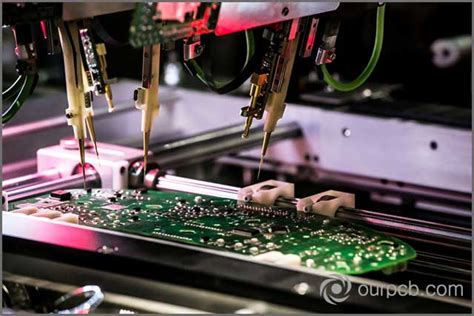
Techniques Enhancing Efficiency in Electronics
In the realm of next-generation electronics, enhancing efficiency in advanced circuits assembly has become a critical focus. Various techniques have emerged, specifically designed to optimize the process, thus ensuring higher performance and reduced costs. One such method is the adoption of automated processes, which streamline pcb assembly and minimize human error, leading to faster production rates. Furthermore, pcba techniques that incorporate advanced soldering technologies not only improve the integrity of connections but also reduce thermal stress on components. Additionally, innovations in design layout allow for a more compact arrangement of elements, which can significantly decrease signal loss and improve overall circuit function. By applying these cutting-edge strategies, manufacturers can significantly boost both the reliability and efficiency of their products, ensuring that they meet the increasing demands of an ever-evolving electronics market. As these techniques continue to advance, they pave the way for transformative improvements in electronic devices that shape our daily lives.
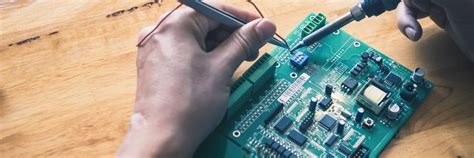
Boosting Reliability in Next-Gen Circuit Design
In the realm of next-generation electronics, enhancing the reliability of circuit designs is pivotal. As we explore advanced techniques in pcb assembly, stakeholders are focusing on high-quality pcba processes that eliminate common failure points while improving overall performance. One key approach involves integrating robust materials that withstand thermal and mechanical stresses, thus ensuring that circuits can operate under varying conditions without compromising functionality. Additionally, automated testing protocols are being employed to evaluate each assembly’s integrity at multiple stages throughout the production cycle, identifying potential weaknesses before they propagate into finished products. This proactive stance not only mitigates risks associated with assembly errors but also helps in achieving high yield rates and long-term durability. A significant aspect of this reliability enhancement comes from innovations in component placement accuracy, where advancements in machine vision technology allow for precise alignment of components, further reducing the likelihood of faults. By focusing on these essential elements, manufacturers can ensure that their advanced circuits assembly practices contribute meaningfully to the dependable performance of tomorrow’s electronics.
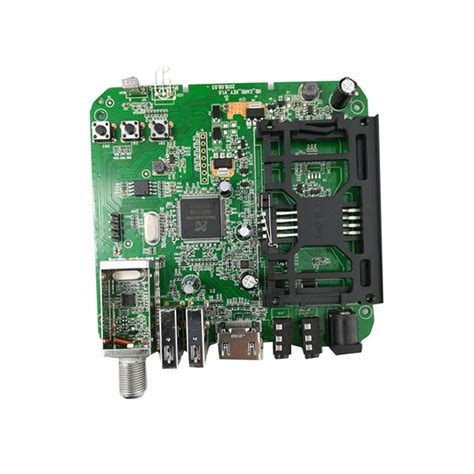
The Role of Automation in Circuit Assembly
In the evolving landscape of electronics manufacturing, automation has emerged as a pivotal force in transforming pcb assembly processes. With the integration of sophisticated technologies, such as robotics and artificial intelligence, manufacturers can achieve unprecedented levels of precision and speed in pcba operations. This advancement not only streamlines the assembly line but also reduces human error, significantly impacting the overall reliability of the final product. The capabilities provided by automated systems allow for the handling of intricate designs that demand exacting standards, thus enhancing efficiency in circuit assembly. Furthermore, automation enables real-time monitoring of production processes, facilitating immediate interventions when anomalies arise and ensuring a consistent flow of high-quality outputs. As competitors strive for dominance in a market characterized by rapid technological evolution, automation stands out as a cornerstone in the future landscape of advanced circuits assembly, setting a new benchmark for efficiency and reliability that will pave the way for next-generation electronics.

Future Trends in Electronics Manufacturing
As the landscape of electronics manufacturing continues to evolve, significant advancements are emerging in pcb assembly and its related processes. Innovations in pcba (printed circuit board assembly) techniques are driving the integration of more complex functionalities within smaller footprints, supporting the trend of miniaturization in electronic devices. Enhanced automation is playing a critical role in this transformation, optimizing the efficiency of assembly lines and minimizing human error. Furthermore, the development of smart manufacturing technologies is allowing for real-time monitoring and adjustments during pcba, ensuring higher quality output and faster production times. The incorporation of advanced materials and bonding techniques also contributes to improved thermal management and electrical performance, further enhancing the reliability of next-generation electronics. As manufacturers adapt to these transformative trends, they will be better equipped to meet the increasing demands for sustainability, efficiency, and performance within consumer and industrial applications alike.
Case Studies of Successful Advanced Circuits Assembly
In recent years, numerous case studies have emerged that illustrate the effectiveness of advanced circuits assembly techniques in shaping the future of electronics. One notable example involves a leading electronics manufacturing company that adopted innovative pcb assembly methods, resulting in a significant reduction in production time and costs. By implementing state-of-the-art automation technology in their pcba processes, they achieved a remarkable increase in operational efficiency while maintaining the highest standards of quality. This transition not only optimized their workflow but also enhanced the reliability of the final products. Furthermore, another case study highlighted a collaboration between engineers and designers, focusing on integrated design techniques that incorporated advanced circuits assembly principles from the outset. This approach reduced errors during assembly, streamlined processes, and ultimately produced highly reliable circuit boards ready for next-gen applications. These examples underscore the transformative power of advanced methodologies in circuit assembly, driving innovation and reinforcing the vital role these processes play in the modern electronics landscape.
Conclusion: The Impact on Technology and Design
In the rapidly evolving realm of electronics, the significance of advanced circuits assembly becomes increasingly paramount. The innovations in this area not only transform how devices are constructed but also redefine the capabilities and functionality of electronics. PCB assembly techniques, for instance, have seen remarkable advancements that push the boundaries of design and performance. These developments contribute to a more streamlined and efficient manufacturing process, leading to PCBA solutions that meet the challenging demands of today’s tech environment. As automation integrates more deeply into the assembly process, we witness a boost in both speed and precision, enhancing overall product reliability. Additionally, as companies embrace these cutting-edge methodologies, they are better positioned to adapt to future trends, ensuring they remain competitive in an ever-changing landscape. The culmination of these factors not only elevates individual products but also propels entire industries toward a future characterized by innovation and efficiency in circuit design and production.
Conclusion: The Impact on Technology and Design
In summary, the advancements in pcb assembly technologies significantly influence the overall landscape of electronics manufacturing. The integration of new materials and processes in pcba has led to marked improvements in efficiency and reliability, addressing the ever-growing demands for more compact and powerful electronic devices. As circuit assembly techniques evolve, manufacturers are increasingly adopting innovative approaches that streamline production processes, reduce waste, and enhance product quality. Furthermore, the collaboration between automated systems and human expertise fosters an environment where creativity thrives while maintaining high production standards. As we look to the future, it is evident that continued investment in advanced circuits assembly will not only drive technological progress but also shape design possibilities for next-generation electronics. Ultimately, this transformation will be pivotal in ensuring that new innovations meet the complex requirements of various industries while setting a foundation for sustainable practices within electronic development.
FAQs
What is advanced circuits assembly and how does it relate to PCB assembly?
Advanced circuits assembly refers to the sophisticated processes involved in the assembly of printed circuit boards (PCBs), or PCBA. This innovative approach integrates the latest techniques and technologies to enhance both efficiency and reliability in assembling complex electronic systems.
How do current innovations impact circuit assembly efficiency?
Recent innovations in advanced circuits assembly focus on automating various aspects of the PCB assembly process. Automation not only reduces human error but also speeds up production times, enabling manufacturers to deliver high-quality products with improved efficiency.
What techniques improve reliability in next-generation electronics?
Techniques such as thermal management, material selection optimization, and advanced soldering methods play a crucial role in enhancing the reliability of PCBA. These techniques ensure that the final products can withstand demanding environments while meeting rigorous performance standards.
Can automation influence the future of circuit assembly?
Absolutely! The role of automation is pivotal in transforming advanced circuits assembly. Automated machines are capable of precise soldering and component placement, which significantly diminishes assembly time and increases overall quality control, paving the way for smoother manufacturing processes.
What are some future trends we can expect in electronics manufacturing?
Future trends include enhanced integration of artificial intelligence for predictive maintenance, increased use of sustainable materials, and a stronger emphasis on modular designs in PCB assemblies, allowing for greater customization and adaptability.

